The Environmental Impact of Eyewear: How to Choose Sustainable Options
Eyewear plays an essential role in our daily lives, but like many consumer products, it has an environmental impact. From the materials used to the production processes and disposal, eyewear can contribute to pollution and waste if sustainability isn’t prioritized. Here's what you need to know about the environmental impact of eyewear and how to make eco-friendly choices.
The Environmental Cost of Conventional Eyewear
1. Material Waste
- Many traditional eyeglasses are made from petroleum-based plastics, which are non-biodegradable and contribute to long-term pollution.
- Frames and lenses often require complex manufacturing processes that generate significant waste.
Impact: Non-recyclable components frequently end up in landfills, where they remain for decades or longer.
2. Energy-Intensive Manufacturing
- The production of eyewear often involves energy-intensive processes, from molding plastic frames to applying lens coatings.
- Factories that rely on fossil fuels for energy contribute to carbon emissions, exacerbating climate change.
Impact: High carbon footprints from production processes increase the environmental burden.
3. Lack of Recycling Infrastructure
- Most eyewear components, including lenses and frames, are not designed for easy recycling.
- Without proper programs, used glasses often end up discarded rather than repurposed.
Impact: A lack of recycling options means fewer opportunities to minimize waste.
How to Choose Sustainable Eyewear Options
1. Opt for Durable and High-Quality Materials
Investing in long-lasting eyewear reduces the need for frequent replacements, minimizing waste.
- Materials to Look For: Titanium, stainless steel, and high-grade acetate are durable and often recyclable.
- Why it Matters: High-quality materials last longer, reducing the overall demand for new products.
EyeOs®: Known for its durable, lightweight titanium frames, EyeOs® offers long-lasting options that reduce the need for frequent replacements.
2. Look for Sustainable Frame Materials
Some brands now use innovative, eco-friendly materials to create their frames:
- Recycled Plastics: Frames made from repurposed plastics reduce reliance on new raw materials.
- Bio-Based Acetate: Made from renewable resources like cotton and wood fibers, this material is biodegradable and less harmful to the environment.
Why it Matters: Choosing frames made from sustainable materials supports greener practices.
3. Support Brands with Eco-Friendly Practices
Choose eyewear companies that prioritize sustainability throughout their production processes.
- Energy Efficiency: Look for brands using renewable energy sources in their factories.
- Waste Reduction: Companies that recycle production waste or donate unused materials to other industries help close the loop.
Why it Matters: Supporting responsible brands encourages industry-wide change toward sustainable practices.
4. Recycle or Donate Old Glasses
When it’s time for a new pair of glasses, ensure your old ones are disposed of responsibly.
- Recycling Programs: Some brands and organizations accept used glasses for recycling or repurposing.
- Donations: Many charities collect old glasses to distribute to individuals in need around the world.
Why it Matters: Recycling or donating reduces waste and provides an opportunity to help others.
5. Choose Multi-Functional Lenses
Consolidating eyewear functions can reduce the need for multiple pairs of glasses.
- Photochromic Lenses: These lenses adapt to light conditions, eliminating the need for separate prescription sunglasses.
- Blue Light Filtering Coatings: Protect your eyes from screens without requiring an additional pair of glasses.
EyeOs®: Offers SunFlex™ photochromic lenses and BlueBuster® technology, combining multiple functions into one lens.
Why Sustainability Matters in Eyewear
Eyewear is an everyday essential, and making sustainable choices can have a significant cumulative impact. By choosing durable materials, supporting eco-conscious brands, and recycling responsibly, you help reduce waste and lower the carbon footprint of the eyewear industry.
EyeOs®: A Step Toward Sustainability
At EyeOs®, sustainability and quality go hand in hand. Here’s how EyeOs® supports environmentally friendly practices:
- Durable Materials: Frames crafted from titanium and acetate for long-lasting wear.
- Innovative Lenses: Multi-functional lenses like SunFlex™ reduce the need for additional pairs, saving resources.
- Commitment to Quality: High-quality products designed to last, reducing waste from frequent replacements.
Make a Sustainable Choice Today
Small changes make a big difference. By choosing sustainable eyewear, you’re protecting your vision while contributing to a healthier planet. Explore EyeOs® collections for durable, high-quality, and environmentally responsible options that suit your style and values.




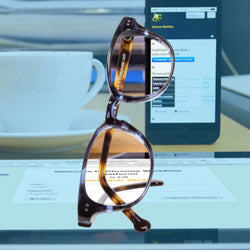


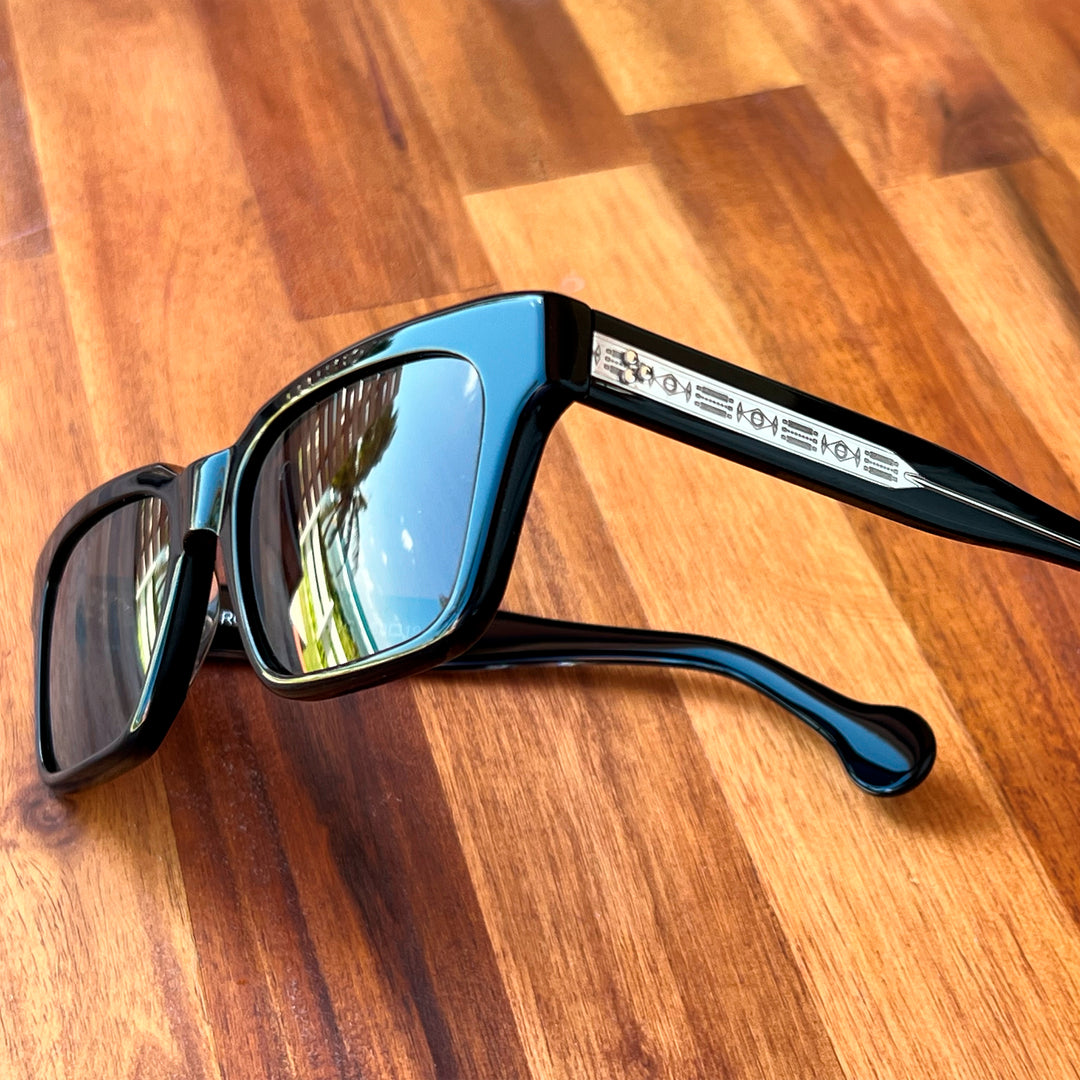
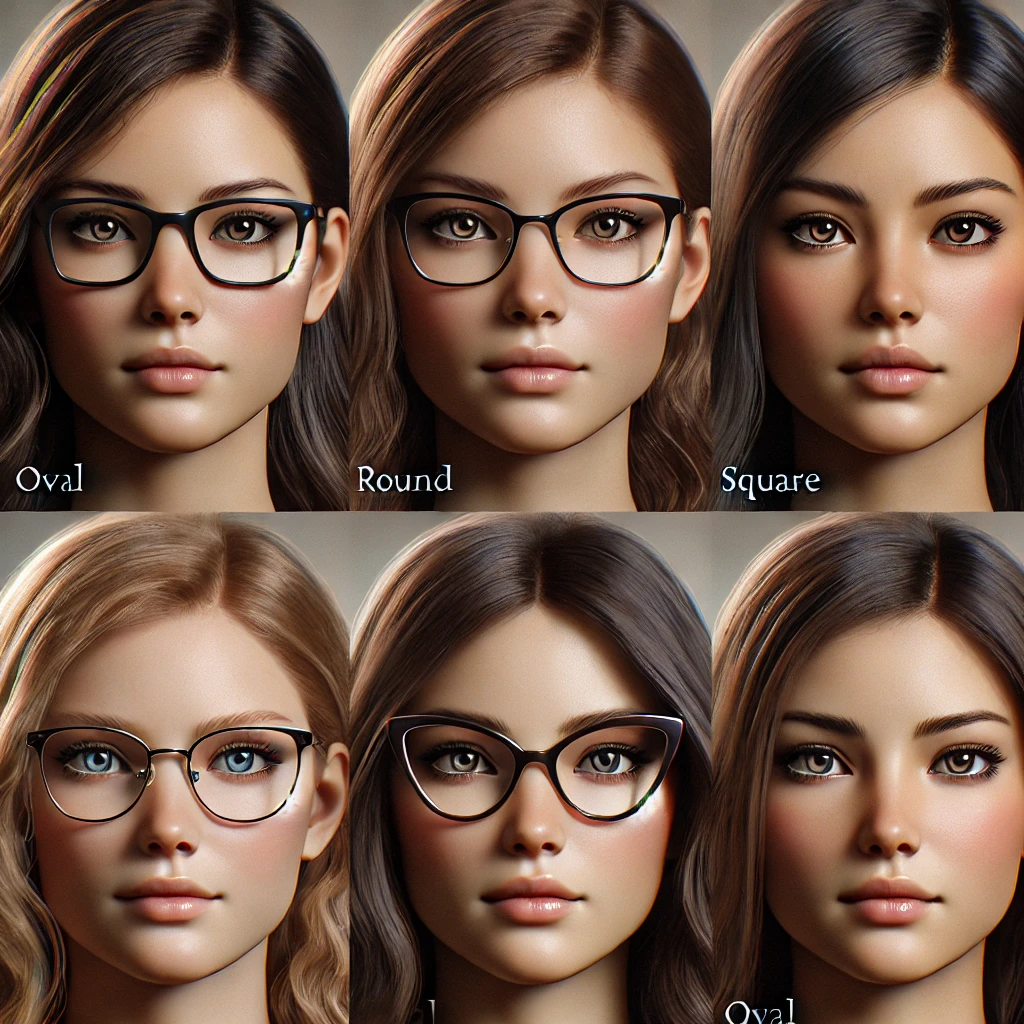
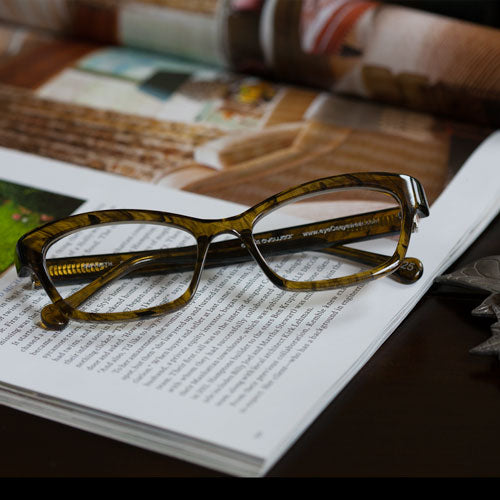
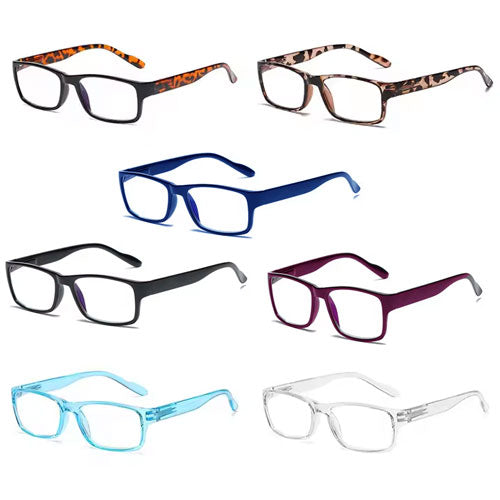
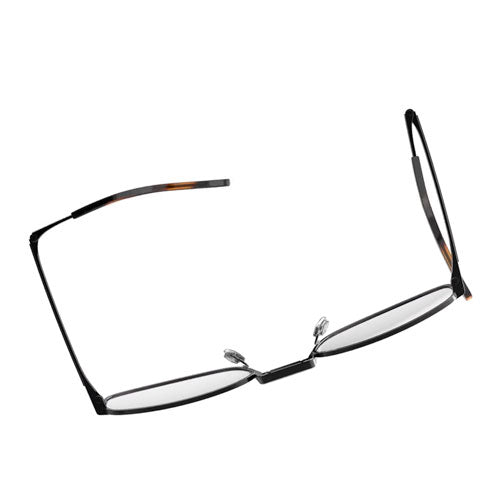
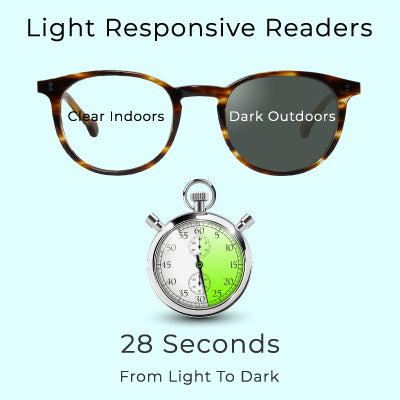
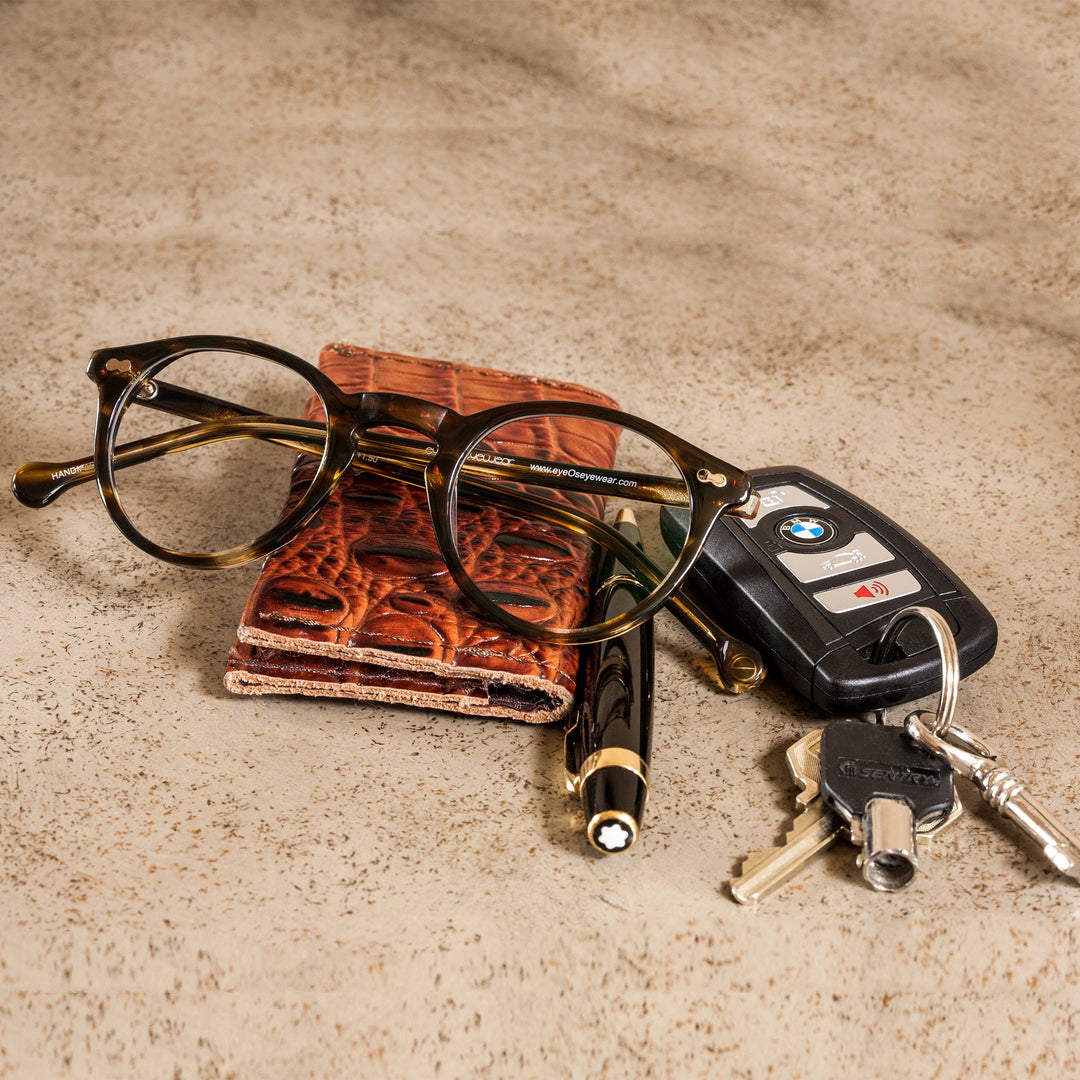
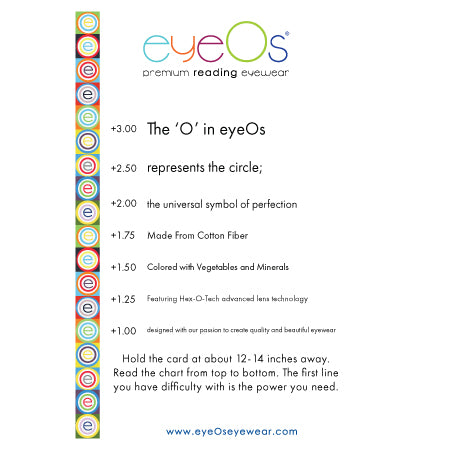

Leave a comment